A Stronger Kick and Modified Stroke
To counteract open water conditions, you're going to have to work harder than you would in the pool, part of what makes the sport such a challenge. Munatones recommends a stronger kick to help fight against currents and a modified arm stroke to deal with choppy water.
"There are certain little techniques, like swinging your arms over the water when there is heavy surface chop, under difficult conditions," Munatones says.
"You also want to kick faster if you're coming into shore and there is the possibility of catching a wave to the finish."
"But above all else, a strong core will help you deal with many open water conditions The ability to hold your body firm is critical when you are facing heavy surface chop," Munatones says.
More: Strength Training for Swimmers
Be Aggressive
The beginning of open water races are much like road races, lots of people jostling for position. If you want to be competitive, be aggressive at the start. In open water swimming, you can get dunked or struggle if you're not prepared. "There are some Alpha swimmers that won't think twice about dunking your head or grabbing at your feet," Munatones warns.
If you're new to the sport, stay to the back and to the sides, where it's less aggressive.
More: 3 Essential Open-Water Survival Tips
Master Your Breathing
Another thing to look out for during a race is an unexpected mouth full of water. Concentrate on exactly when you open your mouth to breathe.
"If you leave your mouth open all the time?both under the water and while you are breathing—you are giving yourself more of an opportunity to swallow water," Munatones says. "It is also an advantage to breathe away from the waves and the surface chop. You need to have the ability to breath on both sides in order to deal with what comes your way."
More: Perfect Your Breathing With a Better Body Position
Conserve Energy
When you're utterly exhausted, don't throw in the towel. Switch up strokes to help reclaim some energy. "You do not always need to swim an aerobically challenging freestyle. If you get tired or are nervous, just switch to backstroke or breaststroke until you have either caught your breath or you feel confident," Munatones says.
He also advises to call over a safety person if you feel nervous. Usually if there is a person in a boat, kayak or paddle board nearby, you will feel more comfortable.
Munatones offers one final tip: Before heading into an open water race or training, have an experienced coach check your stroke and offer some tips on your open water swim technique.
More: 4 Ways to Improve Your Swim Technique
 Search for a swim clinic.
Search for a swim clinic.
- 2
- of
- 2
About the Author

Get ACTIVE on the Go


Meet Mobile
Swim smarter: heats, lane assignments and real-time results in the palm of your hand.
Available for iOS | Android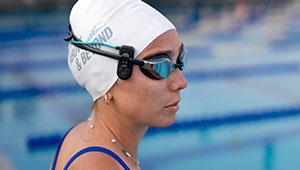
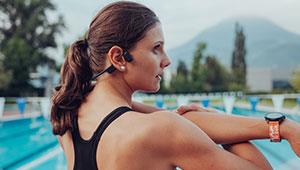
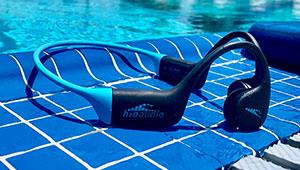

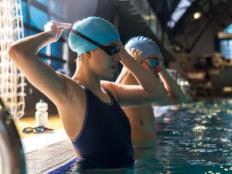

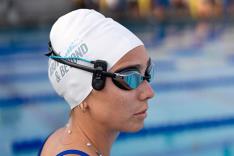
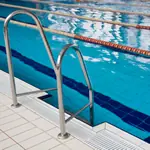
Discuss This Article